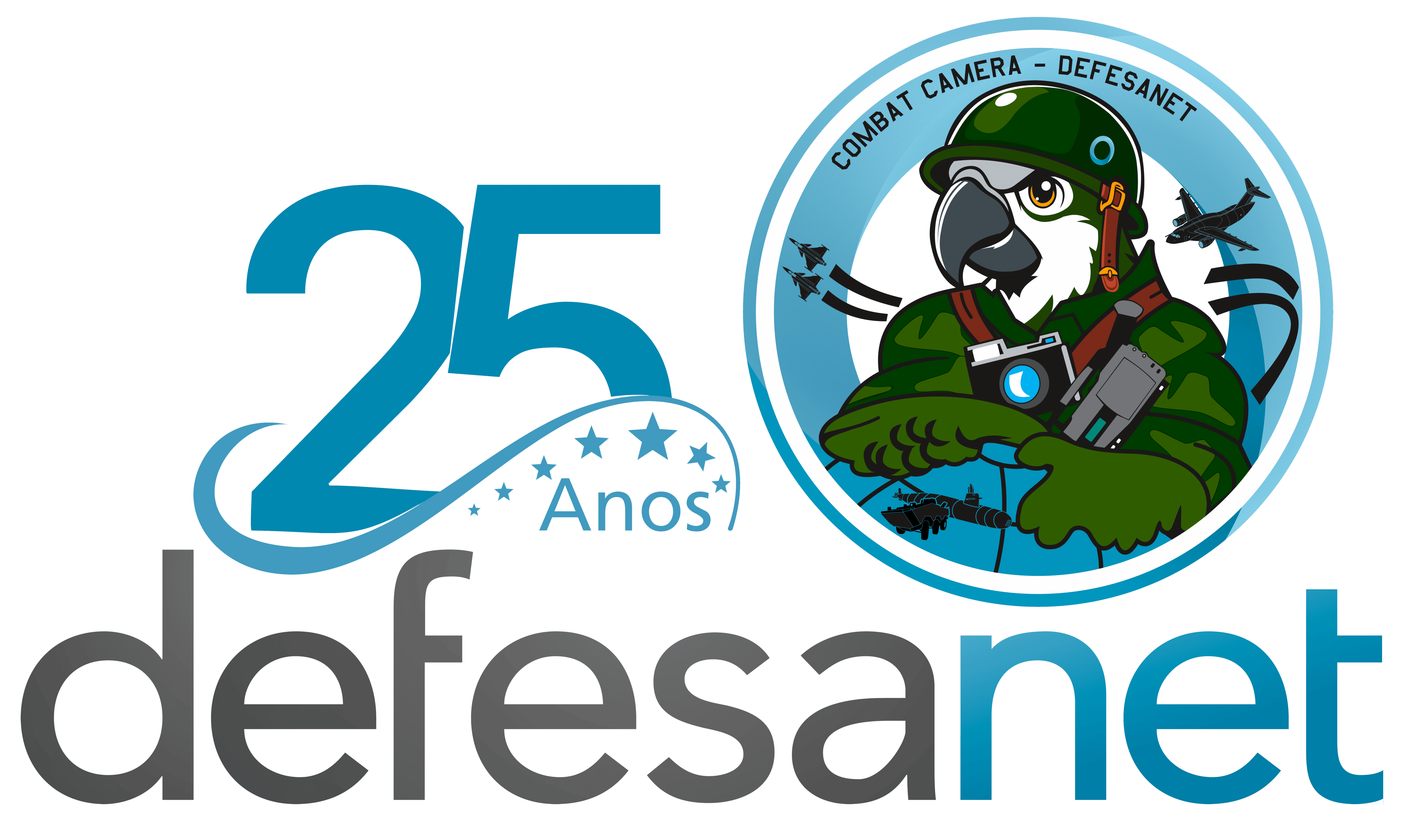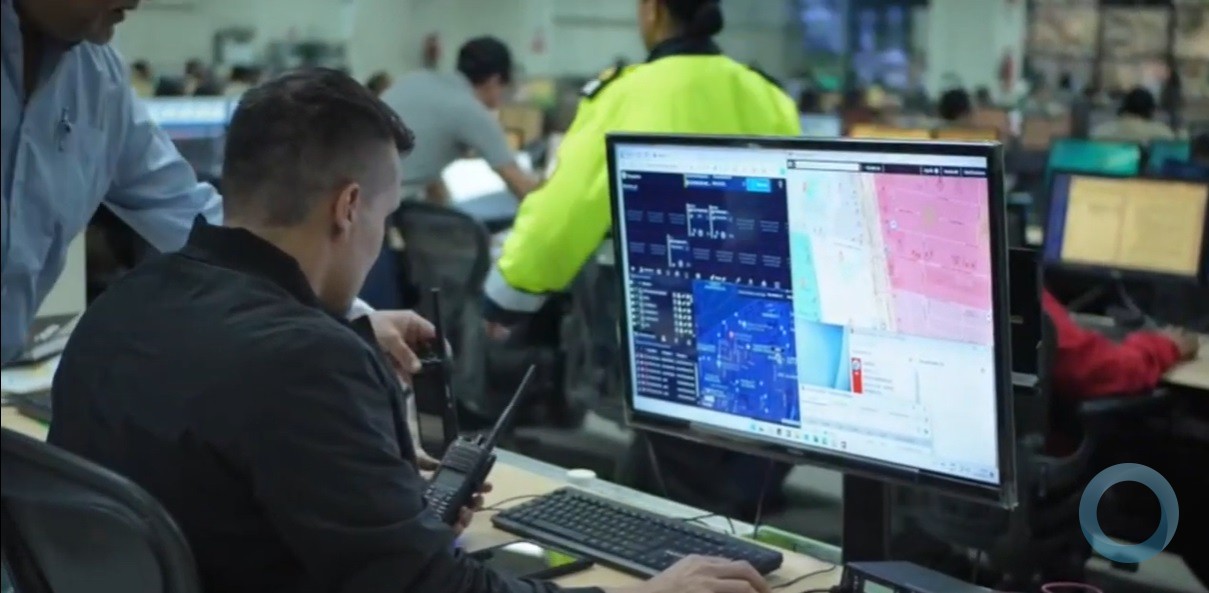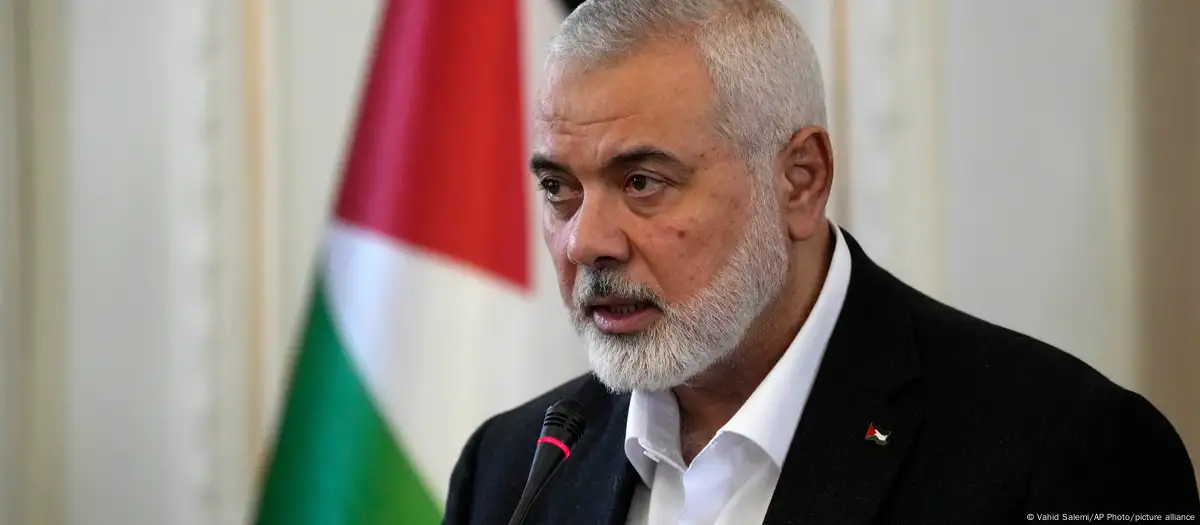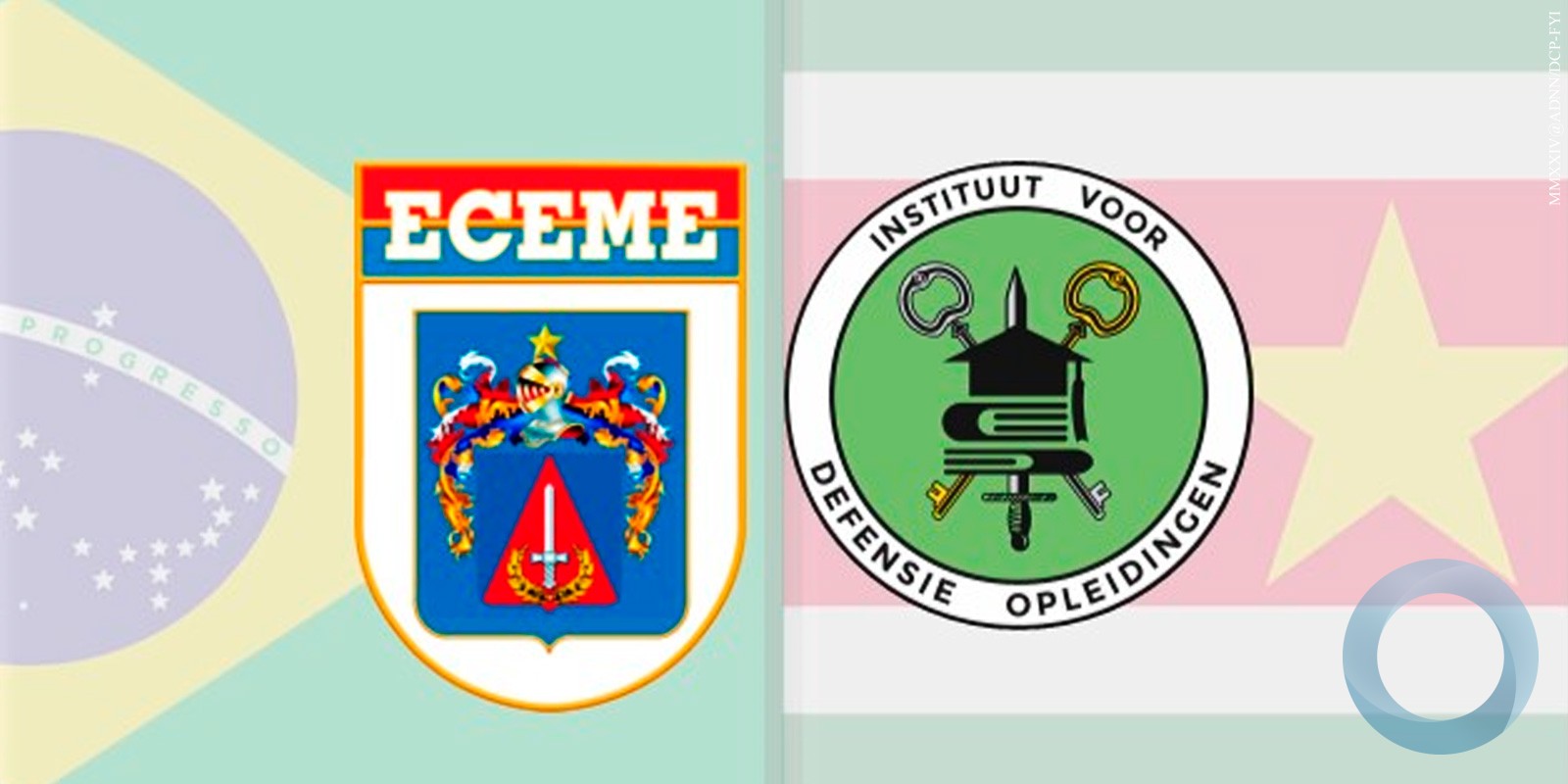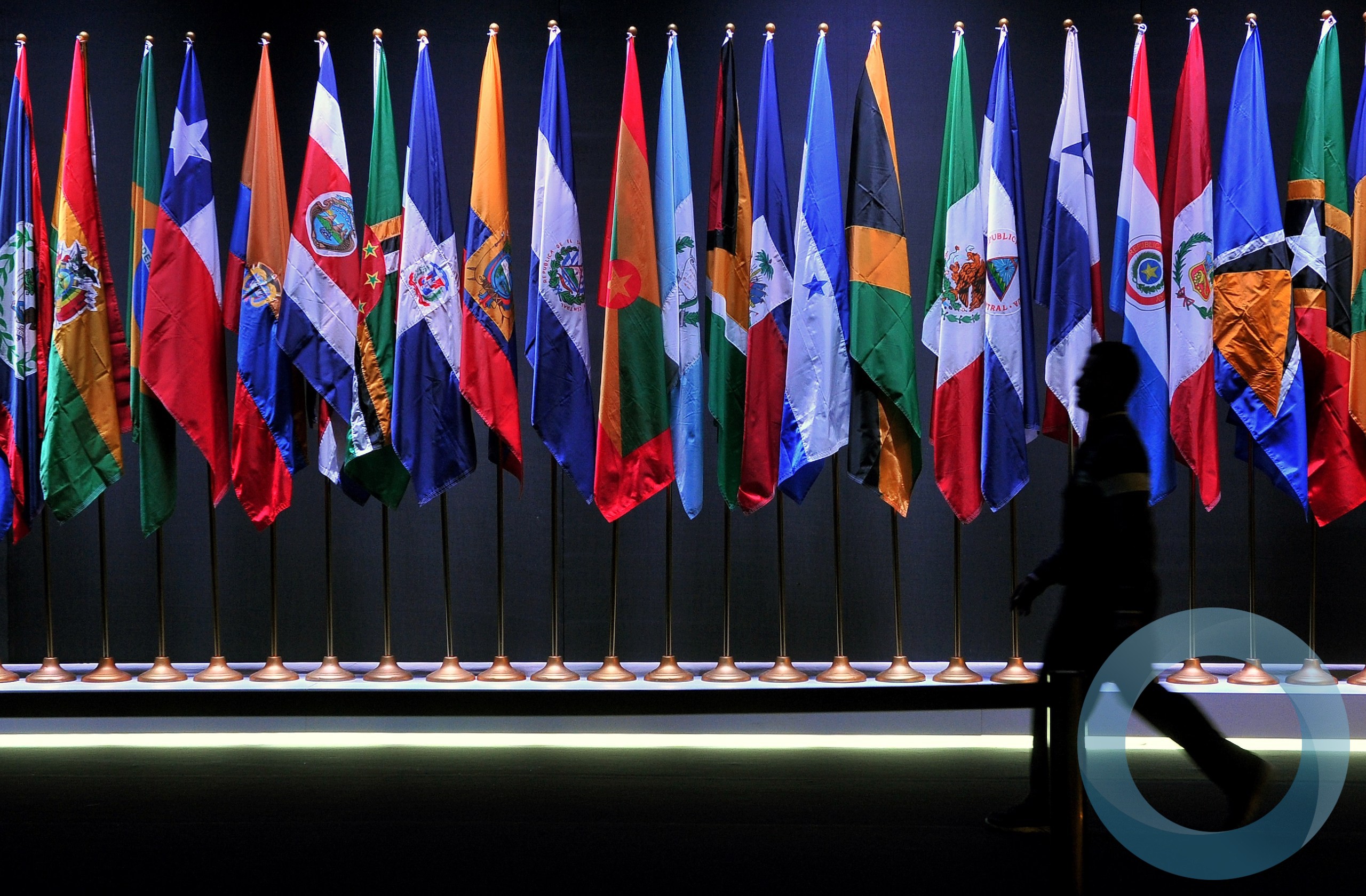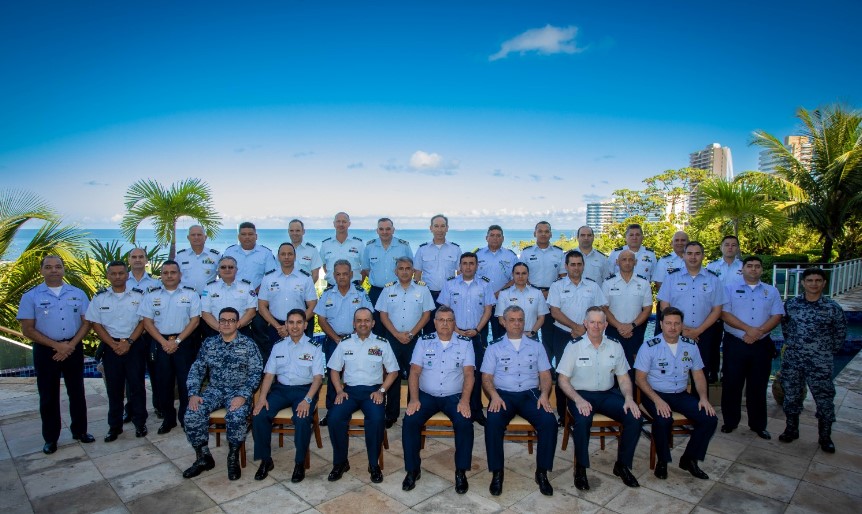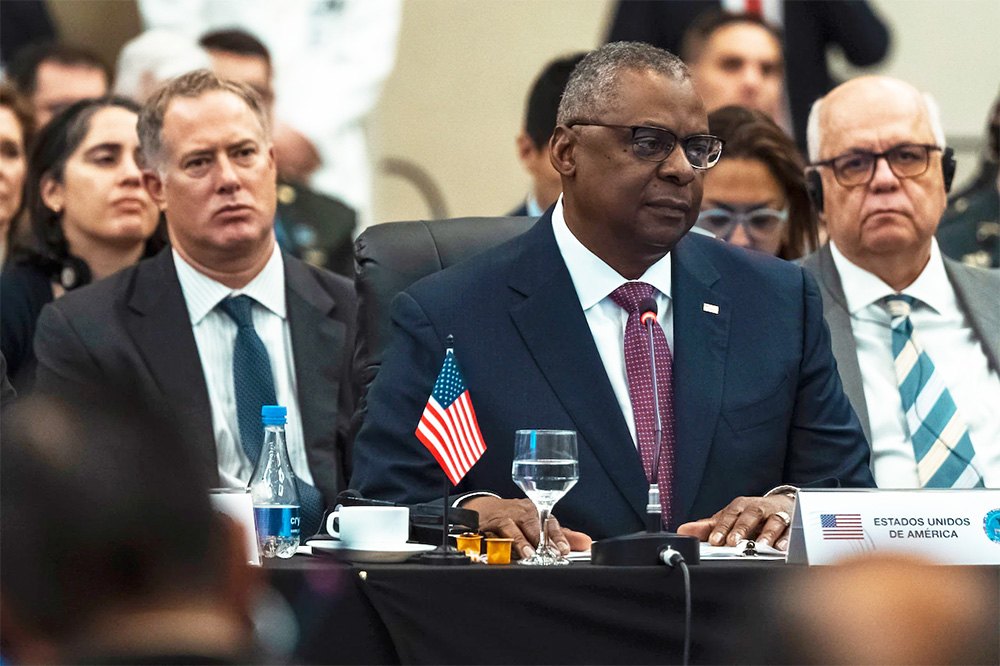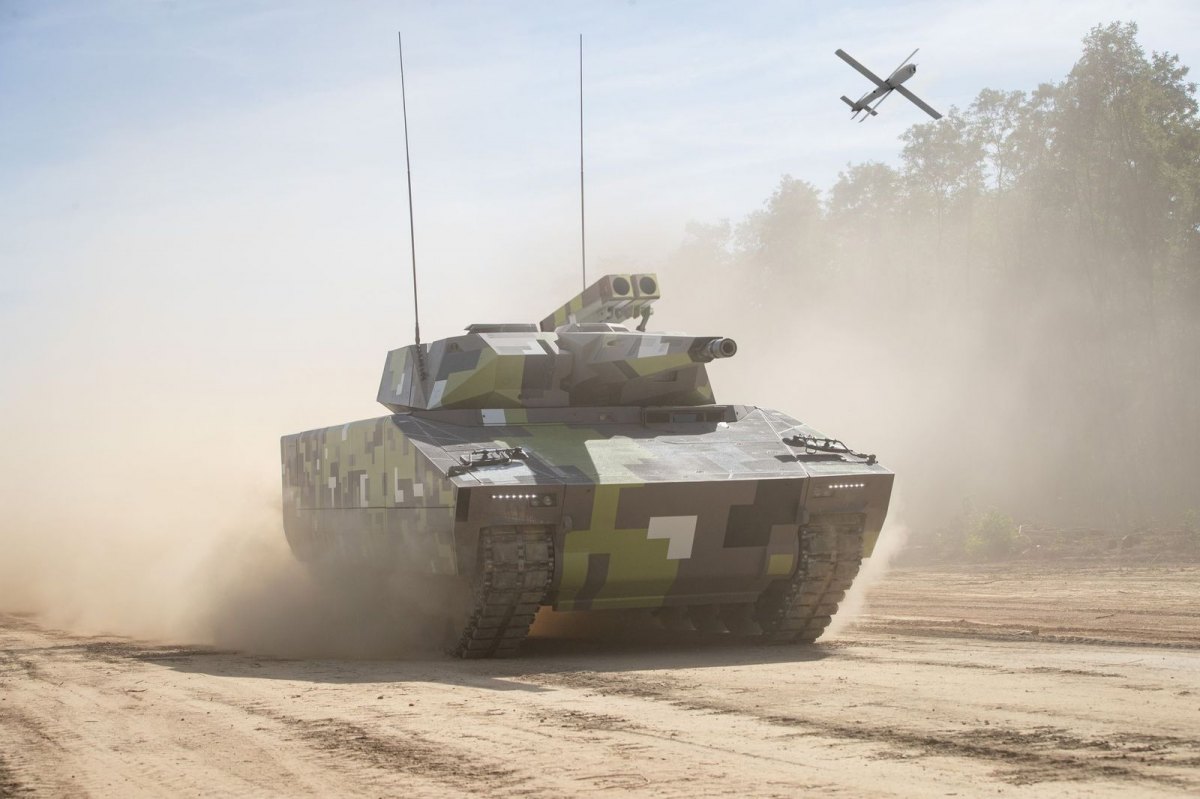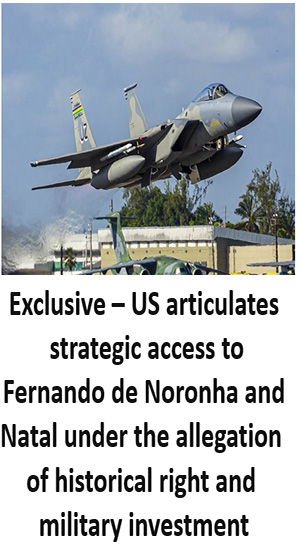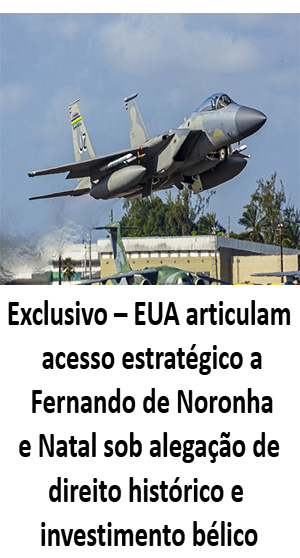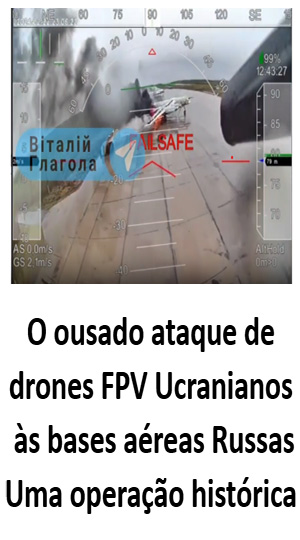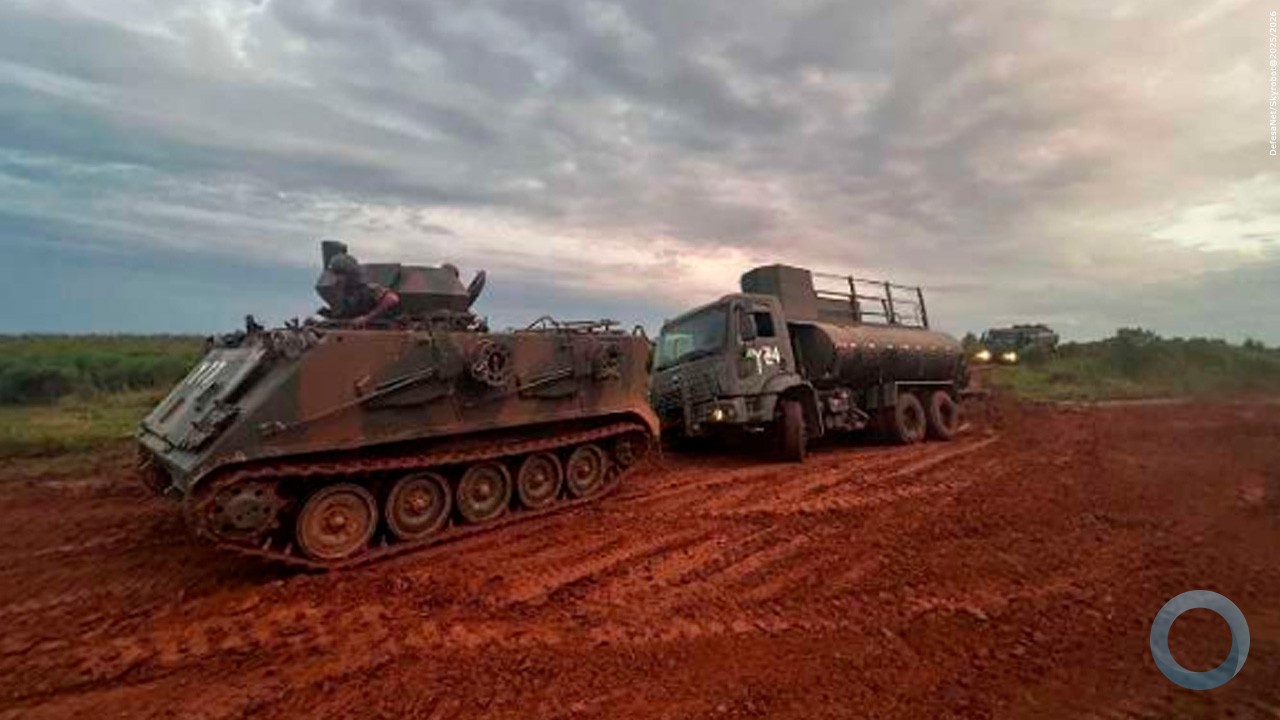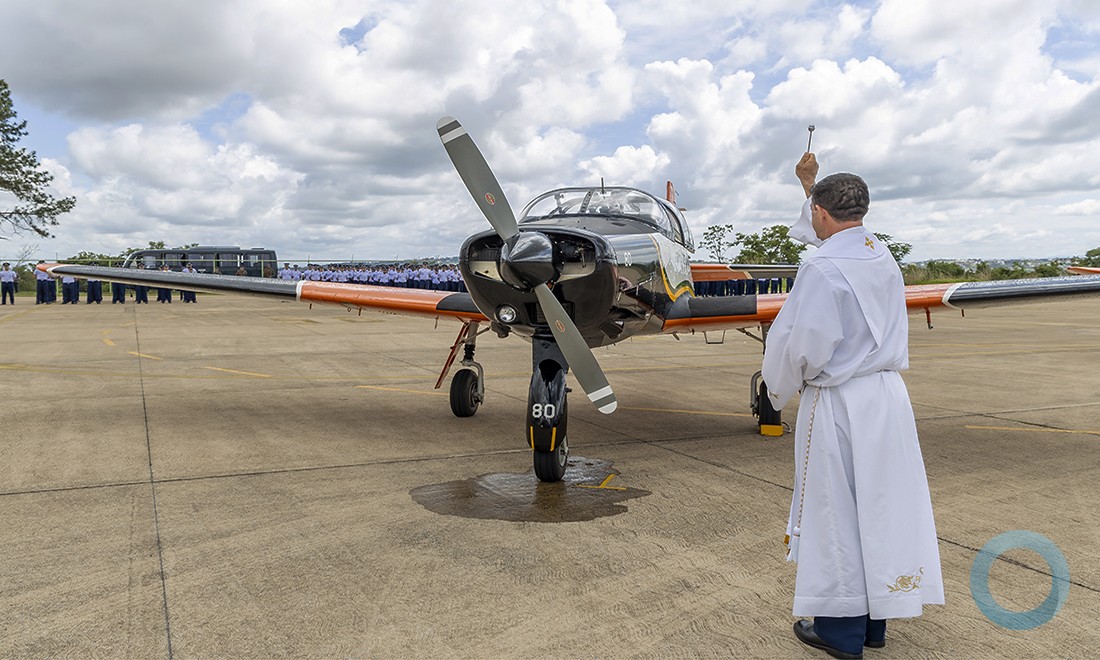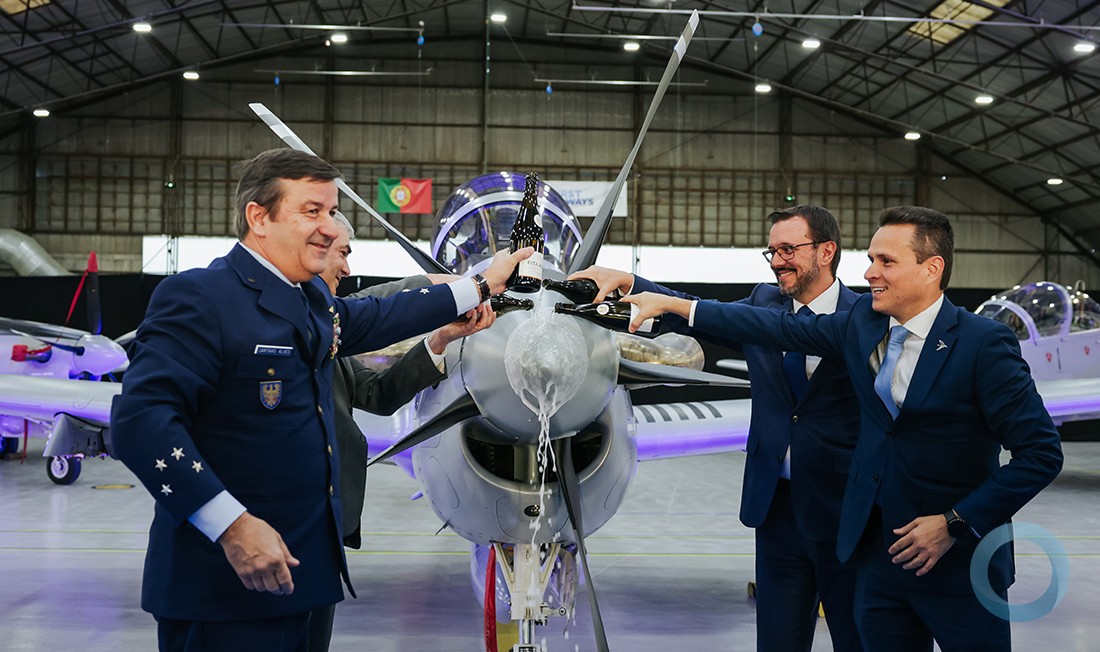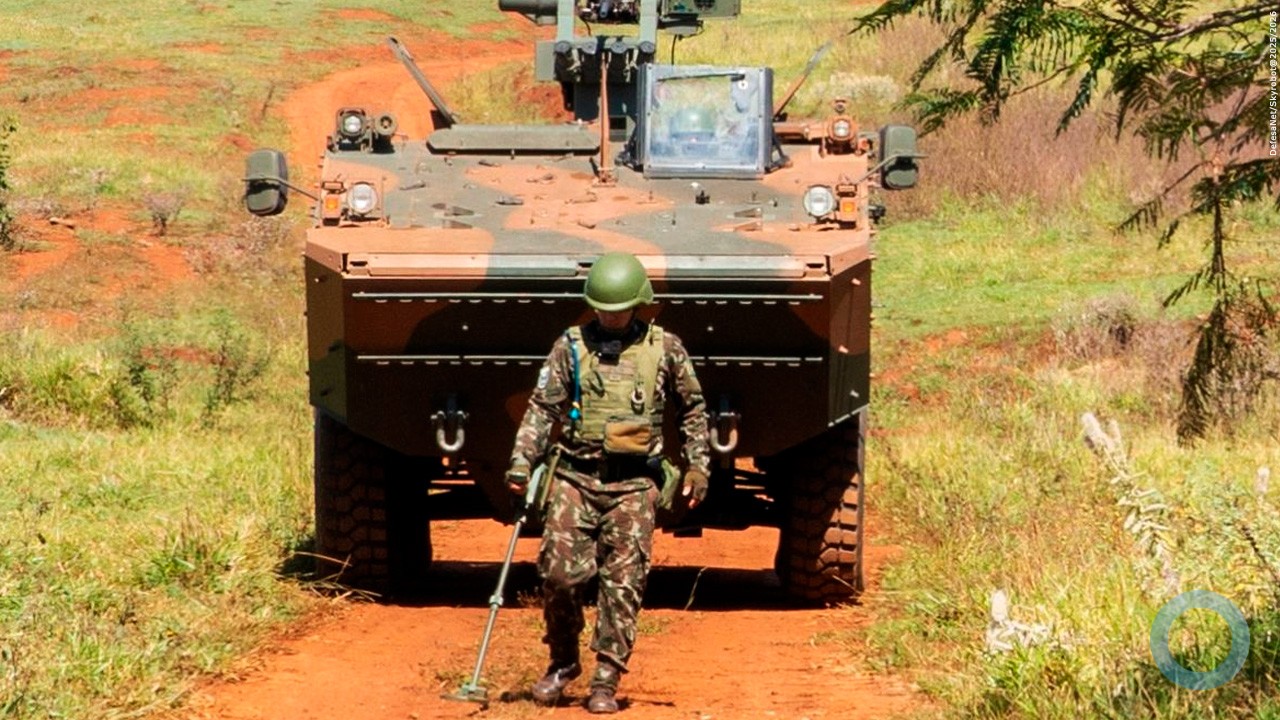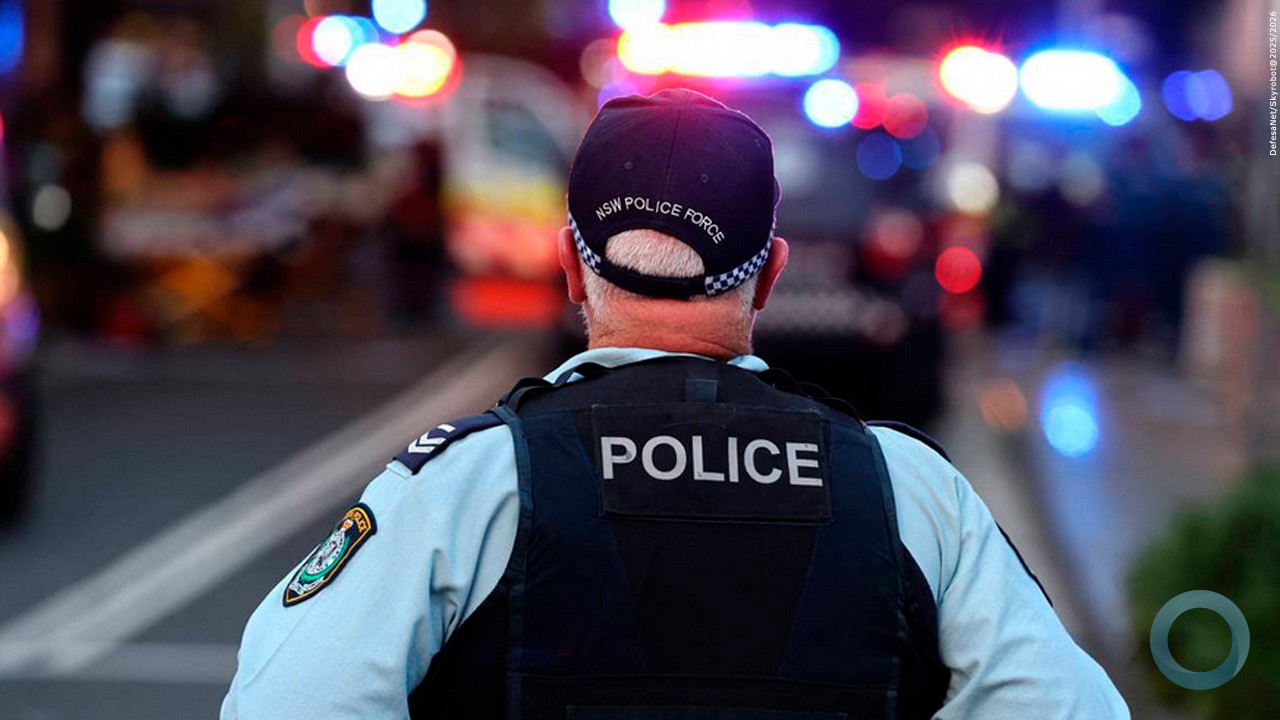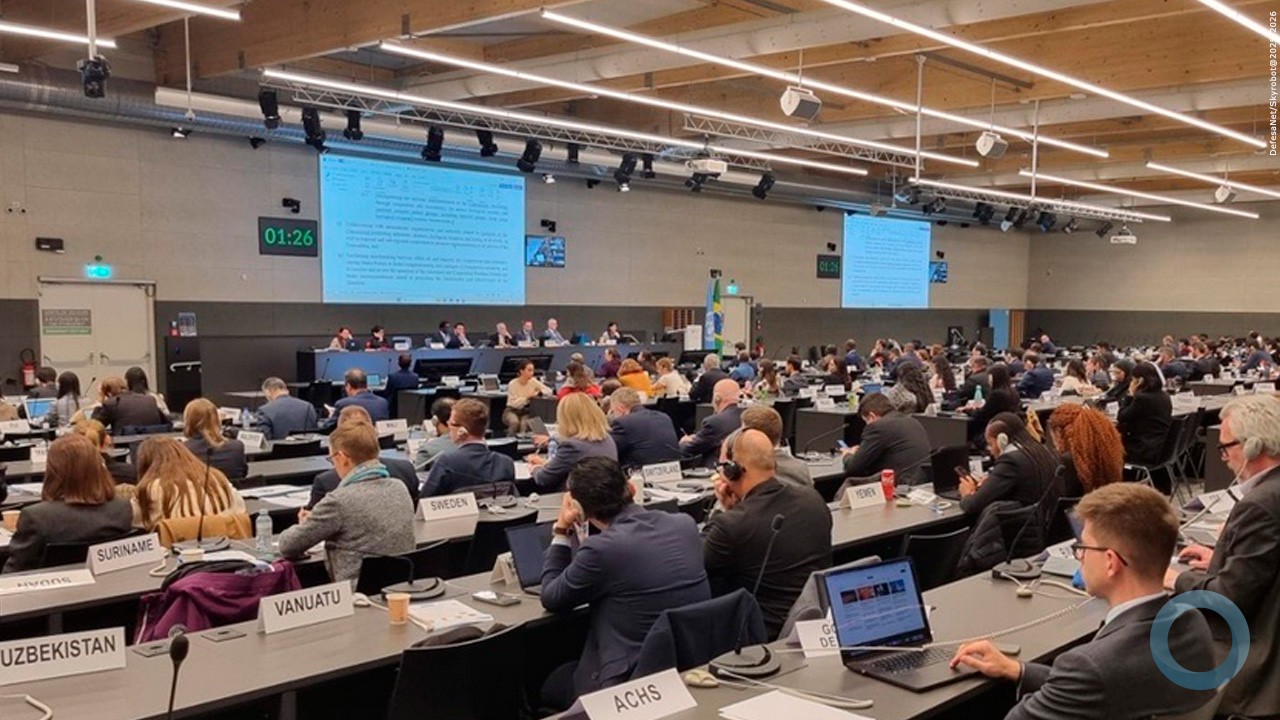Robert Shaw
As both the Colombian Army and the police prepare for a new post-conflict era in the country, new divisions will be created "with a focus on cutting-edge technology and mobility," like the special forces, according to recent statements by Defense Minister Luis Carlos Villegas.
Direct and local access to Intelligence, Surveillance, and Reconnaissance (ISR) technology will be crucial in the coming years for border surveillance and the monitoring of illicit substances.
That’s why, Colombian Army Lieutenant Colonel José Forero, from the José María Rosillo Maintenance and Supply Battalion, believes it’s important for the Army to be at the forefront of using new technologies that are produced locally.
UAV Systems Used for Counterinsurgency and Counternarcotic Missions
The vehicle is also supported by a drone system that sends information directly to the commander giving him maximum situational awareness in terms of terrain and potential hostile actors.
Saumeth says that Colombia is a regional pioneer in drone or Unmanned Aerial Vehicles (UAV) deployment, using them intensively in the development of counterinsurgency and counter narcotics missions.
“The Army uses them primarily for ground operations to increase tactical operational capacity on ISR-type missions in real-time field operations by maximizing coverage of the combat arena,” Saumeth said.
Since 2013, the Army’s Special Forces have been using the Parrot AR-Drone, the Aerovironment RQ-11B Raven, and the Aerovironment RQ-20 Puma UAV’s for counter-insurgency missions.
“We will start building the Cobra 3.0 in January next year,” Lt. Col. Forero said. “We have discussed using GPS tracking systems and it is very likely to be incorporated into the new version, but we haven’t yet determined which system we will use.” A select number of Cobra 3.0 models will be ready for use in mid-2017.
Launch of New Army Cobra 2.0 Vehicle
On June 10th, the Army’s Maintenance and Supply Battalion launched the first models of a self-built, multi-purpose vehicle called the Cobra 2.0 Tactical Unit – which is a light, agile, and adaptable Jeep-type sports utility vehicle using the latest technology on the market.
“It’s the first vehicle of its type designed, created, and assembled in Colombia,” Lt. Col. Forero told Diálogo. “We have six of these vehicles in use and have an additional 30 in line for 2017.”
With support from South Carolina’s National Guard and U.S. Southern Command for the Army’s Maintenance and Supply Battalion, this new tactical model gives Colombia’s Army increased mobility to move faster on the battlefield.
According to Erich Saumeth, a defense and security expert for defense news website InfoDefensa, these new technologies will assist the Army in dealing with both the remaining and new threats that undermine security efforts throughout Colombia.
“In the coming years, the use of mobile real-time technology will be paramount to tackle both the ongoing attacks by ELN the [National Liberation Army] on oil pipelines and newer threats posed by criminal narcoterrorist gangs,” Saumeth said.
The primary use of the Cobra 2.0 vehicle is to combat drug trafficking and organized crime as well as border security missions. The vehicle is equipped with anti-tank missiles and both M60 E4 and 0.50 MK 40mm caliber machine guns.
“It was designed to be optimally aerodynamic, extremely light, and fully adaptable using a weaponry system with a rear turret capable of firing in a 360-degree swivel motion,” Lt. Col. Forero said.
At the same time, the rear of the vehicle can be transformed into an ambulance for humanitarian missions and can also be hooked to and transported by helicopter when necessary.
Police Target Quick Reaction and Response Times
According to Saumeth, the Colombian police force also uses a range of cutting edge ISR technology for preventive security measures, taking advantage of both quick reaction and response times.
Colonel Giovanny Riaño Garzón, chief of the Counterterrorism and Chemical, Biological, Radiological, Nuclear, and Explosives (CBRNE) Defense Unit of the National Police´s Directorate of Criminal Division and Interpol, told Diálogo that much of its work requires increased mobility and flexibility due to the Colombian terrain.
“We use the latest models in anti-explosive robots including an OD model and the U.S.-manufactured Andrus remote-operated devices together with GPS-referenced coordinates in high-risk zones like Choco, Norte de Santander, Antioquia, Arauca, and Cauca,” Col. Riaño said.
“The explosives we encounter are typically homemade by organized crime groups, the FARC and the ELN, with the former using grenades and the latter primarily IED’s,” Col. Riaño added.
Col. Riaño also detailed how his forces will use new technologies to combat chemical and nuclear arms devices as part of their CBRNE response units.
“We have about 50 radiation detectors and are prepared to deal with a potential attack using chemical weapons such as Sarin gas. At the moment we operate from Bogotá, but next year we plan to expand to various departments across the country,” Col. Riaño concluded.
